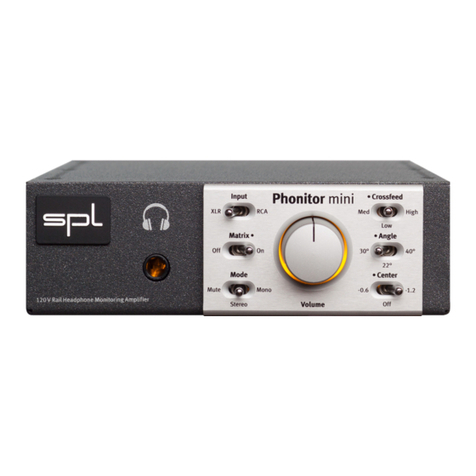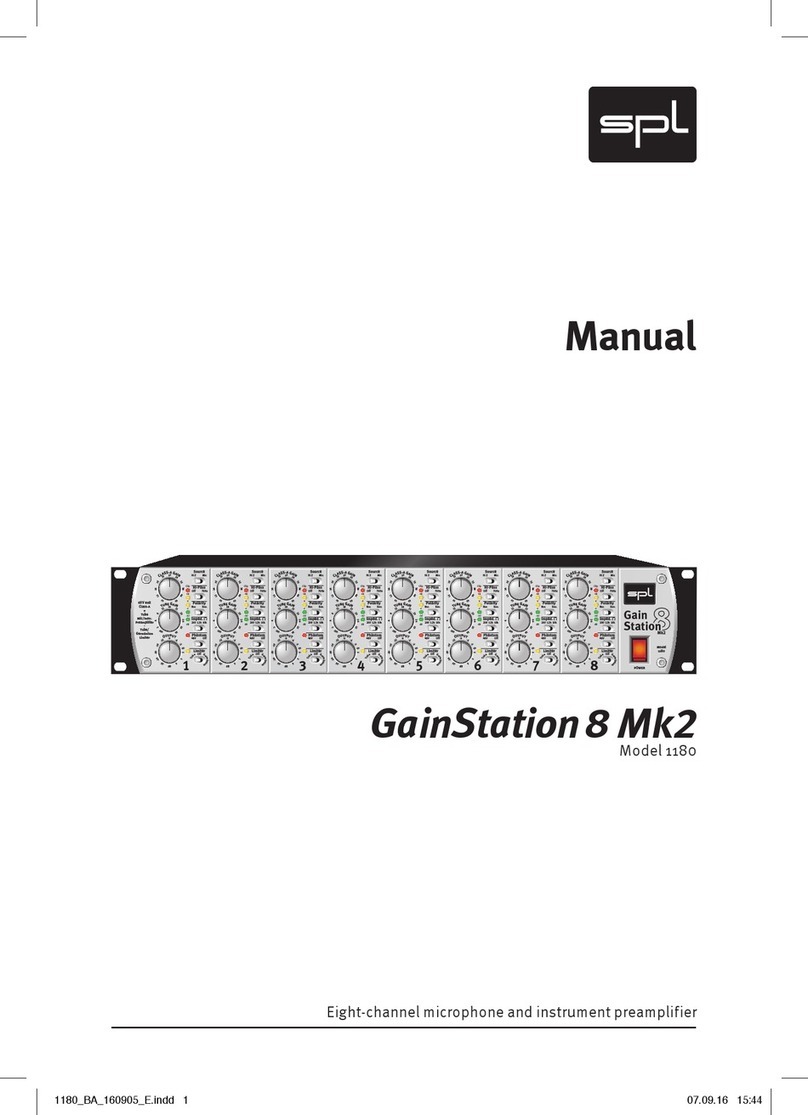SPL HPM User manual
Other SPL Amplifier manuals
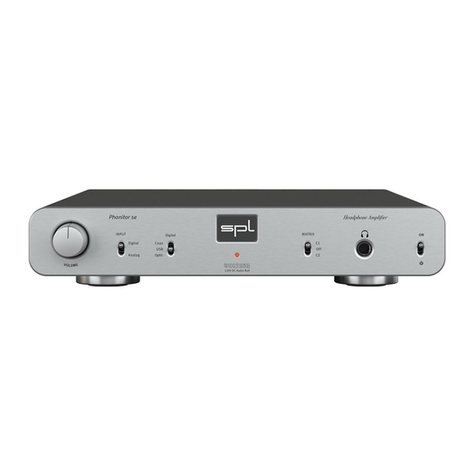
SPL
SPL Phonitor se User manual
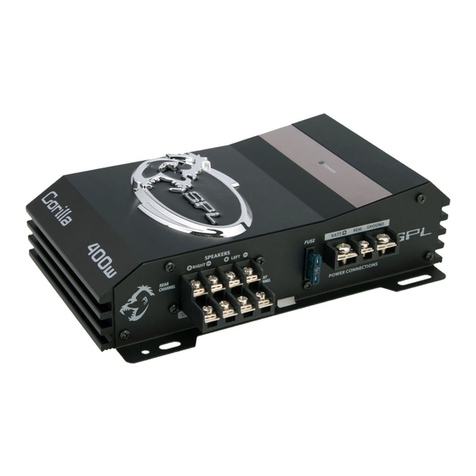
SPL
SPL Gorilla GLA4-400 User manual

SPL
SPL Phonitor 2 User manual

SPL
SPL 2047 User manual

SPL
SPL Director Mk2 User manual
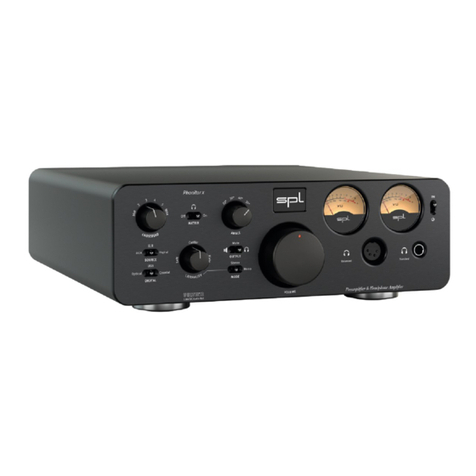
SPL
SPL Professional Fidelity Phonitor x User manual

SPL
SPL Phonitor 3 DAC User manual
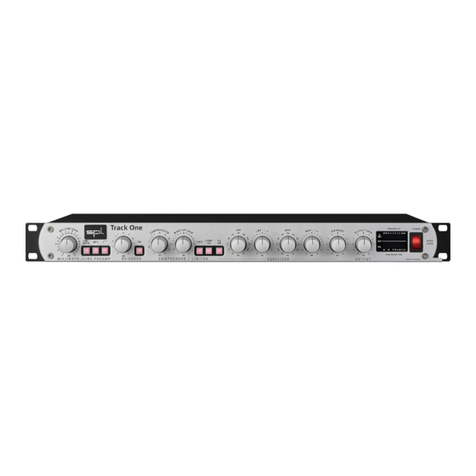
SPL
SPL Track One 2960 User manual
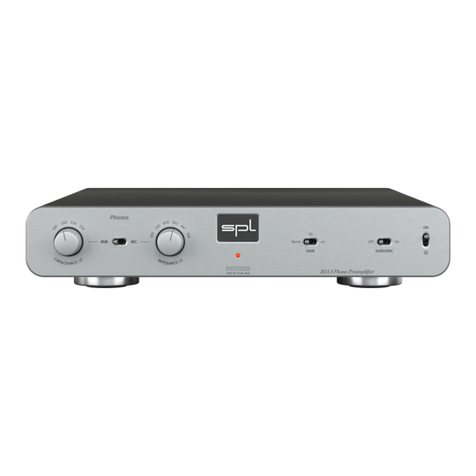
SPL
SPL Phonos User manual

SPL
SPL performer s800 User manual
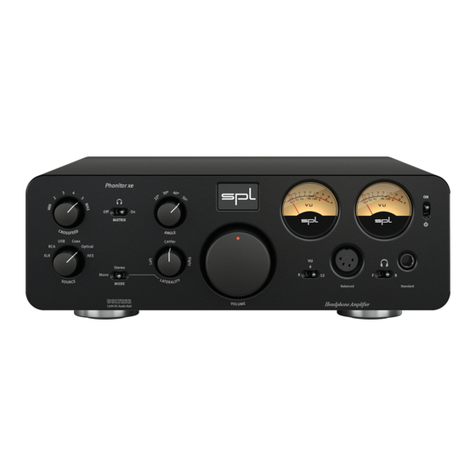
SPL
SPL Phonitor xe User manual

SPL
SPL 2485 User manual

SPL
SPL Phonitor xe User manual
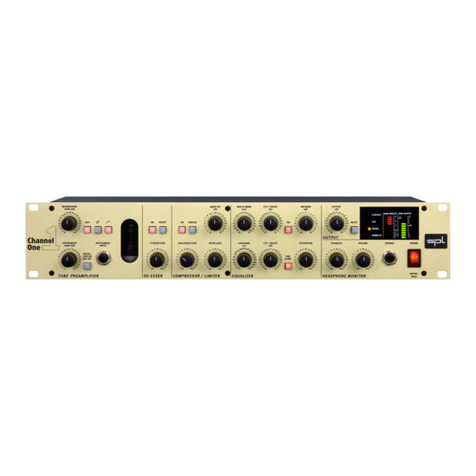
SPL
SPL 9945 User manual
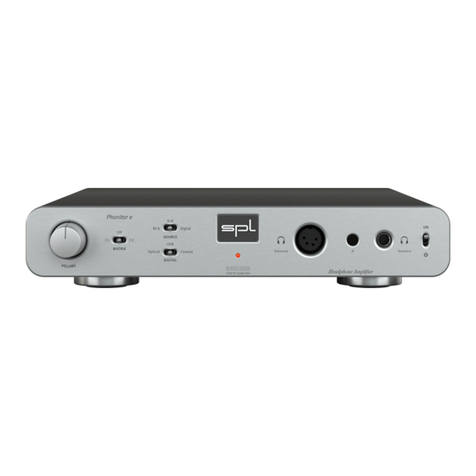
SPL
SPL Phonitor e User manual
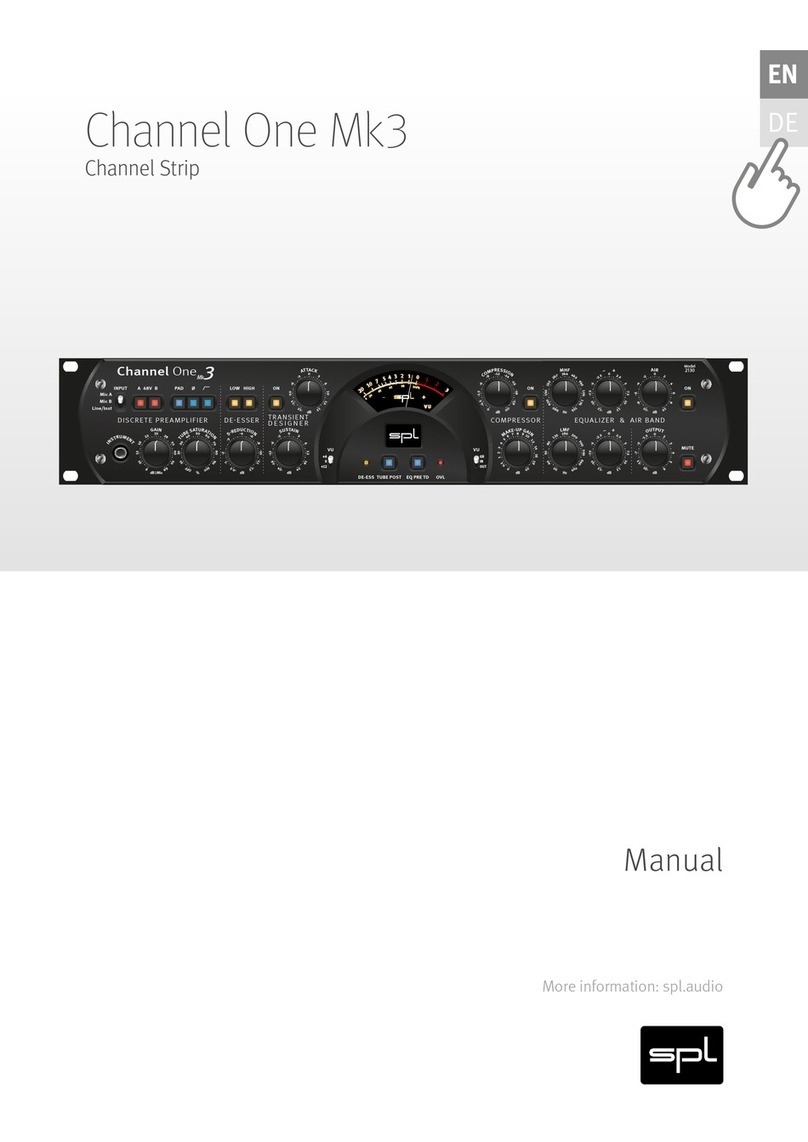
SPL
SPL Channel One Mk3 User manual
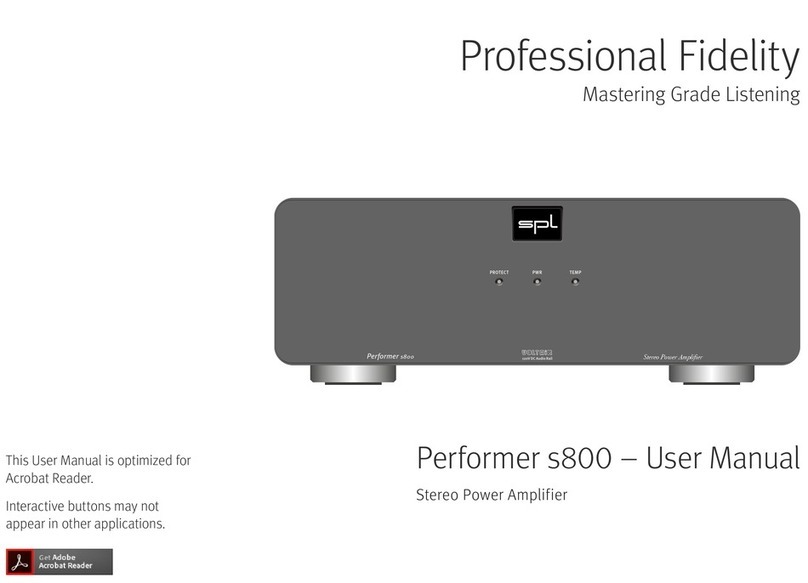
SPL
SPL Perfomer s800 User manual
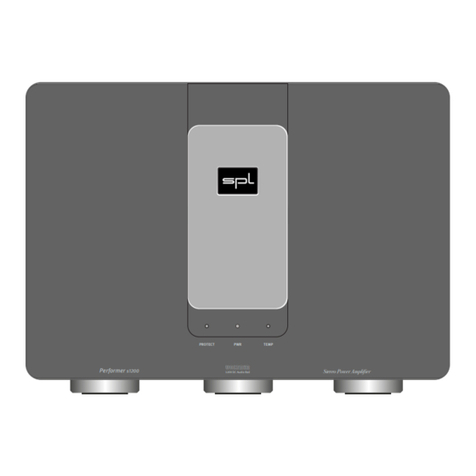
SPL
SPL Professional Fidelity Series User manual
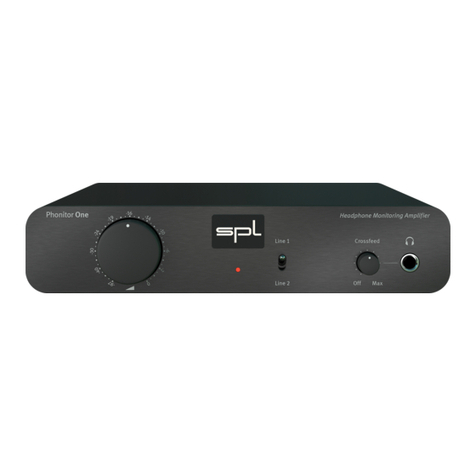
SPL
SPL Phonitor One User manual

SPL
SPL Phonitor e User manual
